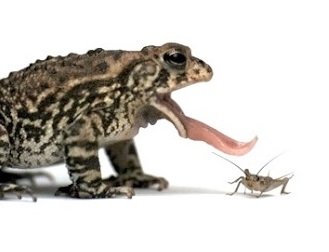The motion of weights attached to a chain or string moving on a frictionless pulley is a classic problem of introductory physics used to understand the relationship between force and acceleration. In their recently published paper Oxford Mathematicians Dominic Vella and Alain Goriely and colleagues looked at the dynamics of the chain when one of the weights is removed and thus one end is pulled with constant acceleration.
This simple change has dramatic consequences for the ensuing motion. At a finite time, the chain ‘lifts off’ from the pulley, and the free end subsequently accelerates faster than the end that is pulled. Eventually, the chain undergoes a dramatic reversal of curvature reminiscent of the crack or snap of a whip. A key to this dynamic is its geometry. The imposed rotation of the chain around the pulley enables the end of the chain to ‘beat’ the free-fall that drives its motion.
Such insights have enabled the researchers to speculate more widely, notably on the peculiar hunting techniques of a variety of amphibians. Instead of throwing their tongue in a straight motion (as observed in chameleons), certain species of toads and salamanders adopt an unfurling tongue strategy. Of course, the reasons for such a mechanism are many and varied, but the researchers believe that, since the increase of tip velocity observed in the case of a chain has its origin in geometry, a similar effect is likely to reappear in more complicated problems involving, for example, a finite bending stiffness. It is then natural to wonder whether the geometrical amplification of acceleration may be used by these amphibians to allow them to maximise their chances of capturing a prey.
Image: Deban Laboratory


